
Tips for pickling white eggplants that are crispy, do not turn black, and do not form scum when left for a long time

Why Pickled Eggplants Develop Mold and How to Prevent It
Choosing the Right Salt
One of the most common reasons pickled eggplants (Vietnamese cà pháo muối) develop mold is the use of the wrong type of salt. When preparing pickles, it is crucial to use coarse sea salt. This salt is naturally harvested through the evaporation of seawater. The crystals are cleaned but not heavily refined, which means they still retain valuable trace minerals such as iron, zinc, sulfate, carbonate, potassium, magnesium, and calcium. On average, sea salt contains about 80% sodium chloride (NaCl). Its taste profile is more complex: slightly sweet, mineral-rich, and mildly metallic from the natural iron content.
Refined table salt, on the other hand, has gone through an industrial purification process that removes almost all trace minerals, leaving behind 97–99% sodium chloride. As a result, it tastes much sharper and saltier, lacking the natural depth of flavor found in sea salt.
Additionally, refined salt is often fortified with iodine to prevent goiter and mixed with anti-caking agents to keep it free-flowing. Some types may also contain dextrose, a sugar that stabilizes iodine. However, when used for pickling, this processed salt can cause undesirable changes such as discoloration of the eggplants, faster spoilage, or the formation of mold on the surface.
👉 Tip: Always stick to coarse, natural sea salt when making pickles. It not only ensures better flavor but also creates an environment that helps preserve vegetables longer.
Selecting Fresh Eggplants
Pickled eggplants can be made from two main varieties: white-skinned eggplants and green-skinned eggplants (often called “turmeric variety” because of their slightly green peel). Depending on your preference, either type can be used, though the green-skinned variety tends to have fewer seeds, thicker flesh, and stays crisp after pickling. Once fermented, they usually turn a pleasant yellow color.
When choosing eggplants, it is best to pick medium-mature fruits (not too young, not too old). Overripe eggplants become soft, while immature ones may lack flavor. After purchase, lightly sun-dry the eggplants for a few hours before preparing them. This step reduces excess moisture, which helps the eggplants maintain their crunch during fermentation.
Preparing and Washing Eggplants
After buying, trim off the stems but avoid cutting too deeply, as this can damage the flesh. Immediately soak the trimmed eggplants in water to prevent browning. Then rinse them thoroughly in clean water before tossing them with coarse salt.
Salting at this stage serves two purposes:
-
It draws out excess water from the eggplants, making them firmer and crunchier.
-
It helps kill surface bacteria, reducing the risk of mold formation during fermentation.
Preparing the Brine
The flavor of your pickles depends greatly on the brine. To make it, prepare:
-
Sliced garlic
-
Thinly sliced galangal root (for aroma)
-
Fresh chili (optional, if you like it spicy)
For the brine itself, use boiled water that has completely cooled down. The ratio is about 50 grams of sea salt per liter of water. Some people boil the water and salt together, but it is important to wait until the mixture is fully cooled before using it.
To speed up fermentation and encourage a pleasant sourness, you may add a small spoon of sugar. Sugar acts as food for beneficial bacteria, which accelerates the natural fermentation process.
👉 Extra tip: Some households add a small amount of vinegar or leftover fermented pickle brine from a previous batch to “kickstart” fermentation. This method shortens the waiting time and ensures a more consistent sour flavor.
Pickling Process
When ready, rinse the salted eggplants with clean water and let them drain. Sterilize your pickling container—preferably made of clay, ceramic, or glass—by washing it thoroughly and rinsing it with boiling water. Let it dry completely before use.
Layer the eggplants with slices of galangal, garlic, and chili. Then pour in the prepared brine until the vegetables are fully submerged. Use a bamboo mat, a ceramic plate, or a small weight to press the eggplants down, ensuring they remain completely under the liquid. This prevents them from darkening or developing mold.
Depending on the weather, the eggplants will ferment within 2–3 days. In hot weather, fermentation happens faster, while in cooler conditions, it may take longer. Once the eggplants turn yellowish and taste pleasantly sour with a crunchy texture, they are ready to eat.
Storage and Maintenance
Store the jar in a cool, dry place. If you want to slow down fermentation—especially in hot climates—keep the pickles in the refrigerator. This helps preserve their crunch and flavor for longer.
When serving, always use clean chopsticks or spoons to take out the eggplants. Introducing dirty utensils can contaminate the entire jar, causing spoilage.
👉 Bonus Tip: If you notice a thin white layer of harmless yeast (called kahm yeast) forming on the surface, simply remove it with a clean spoon. However, if you see fuzzy green or black mold, the batch should be discarded for safety.
✅ By carefully choosing the right type of salt, preparing eggplants properly, and maintaining good hygiene during the process, you can enjoy delicious, crunchy, and mold-free pickled eggplants every time.
News in the same category


DIY Aloevera ice cubes to Remove Dark Spots & Clear Skin | Aloevera Benefits for Skin

Mattresses used for a long time are dirty and smelly, sprinkle this on the surface, no need to wash with water, it will be clean as new

Fenugreek & Onion: Thin To Thick Hair Naturally

Open Pores To Glass Skin Transformation
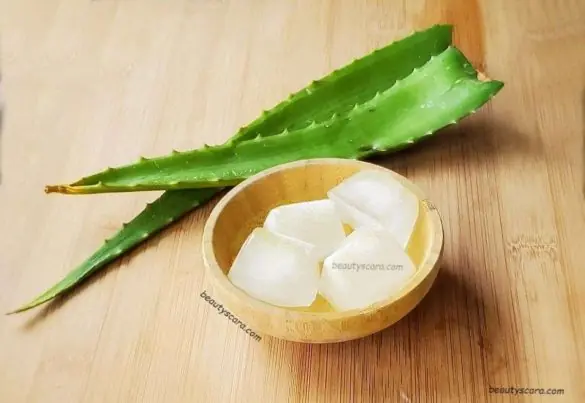
DIY Aloevera ice cubes to Remove Dark Spots & Clear Skin | Aloevera Benefits for Skin

12 Best 2-Ingredient Face Masks For Your Skin
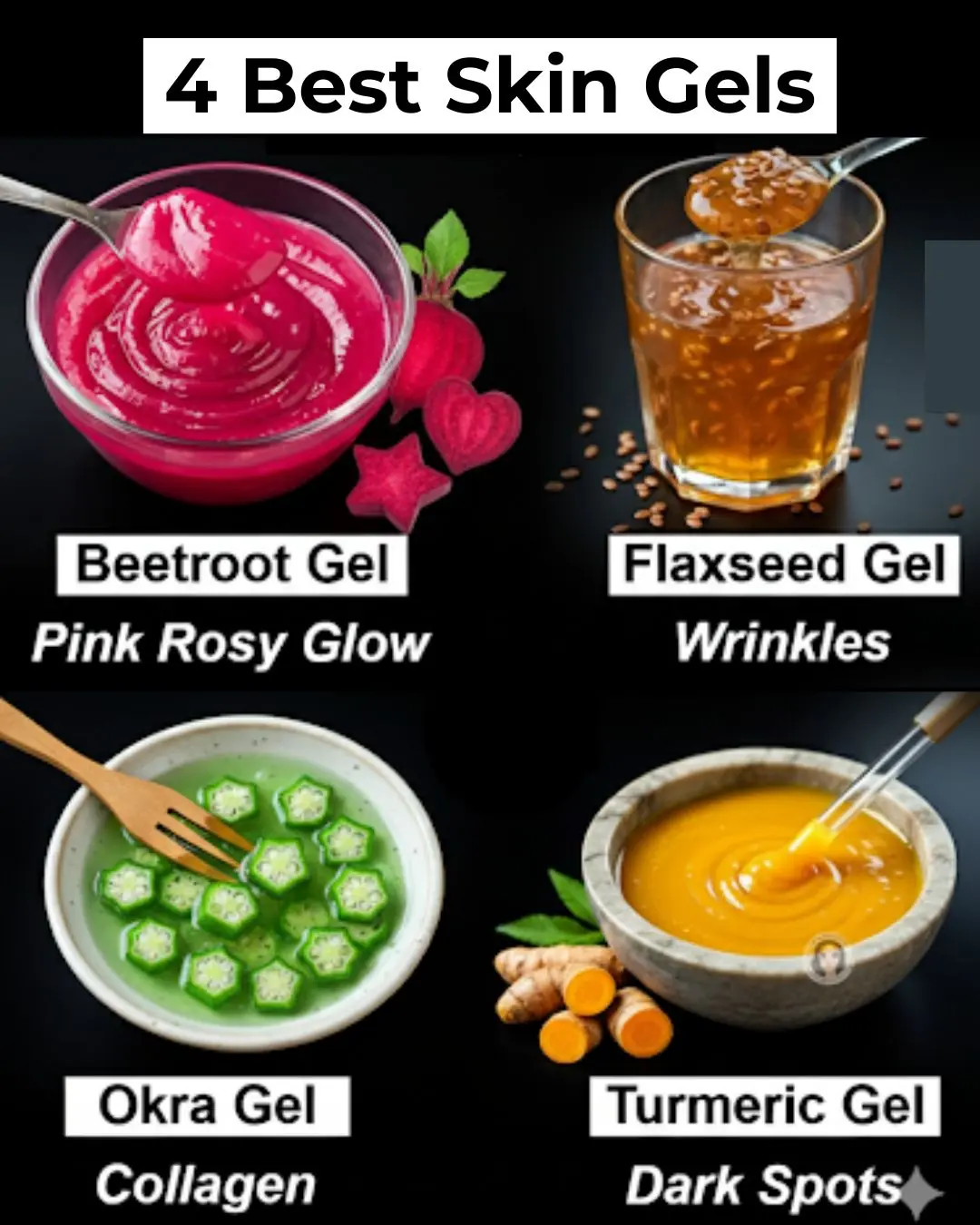
15 Best Skin Gels for Glowing Skin & Wrinkles

Vaseline Uses and Benefits for Skin, Lips and Hair | Petroleum Jelly Benefits
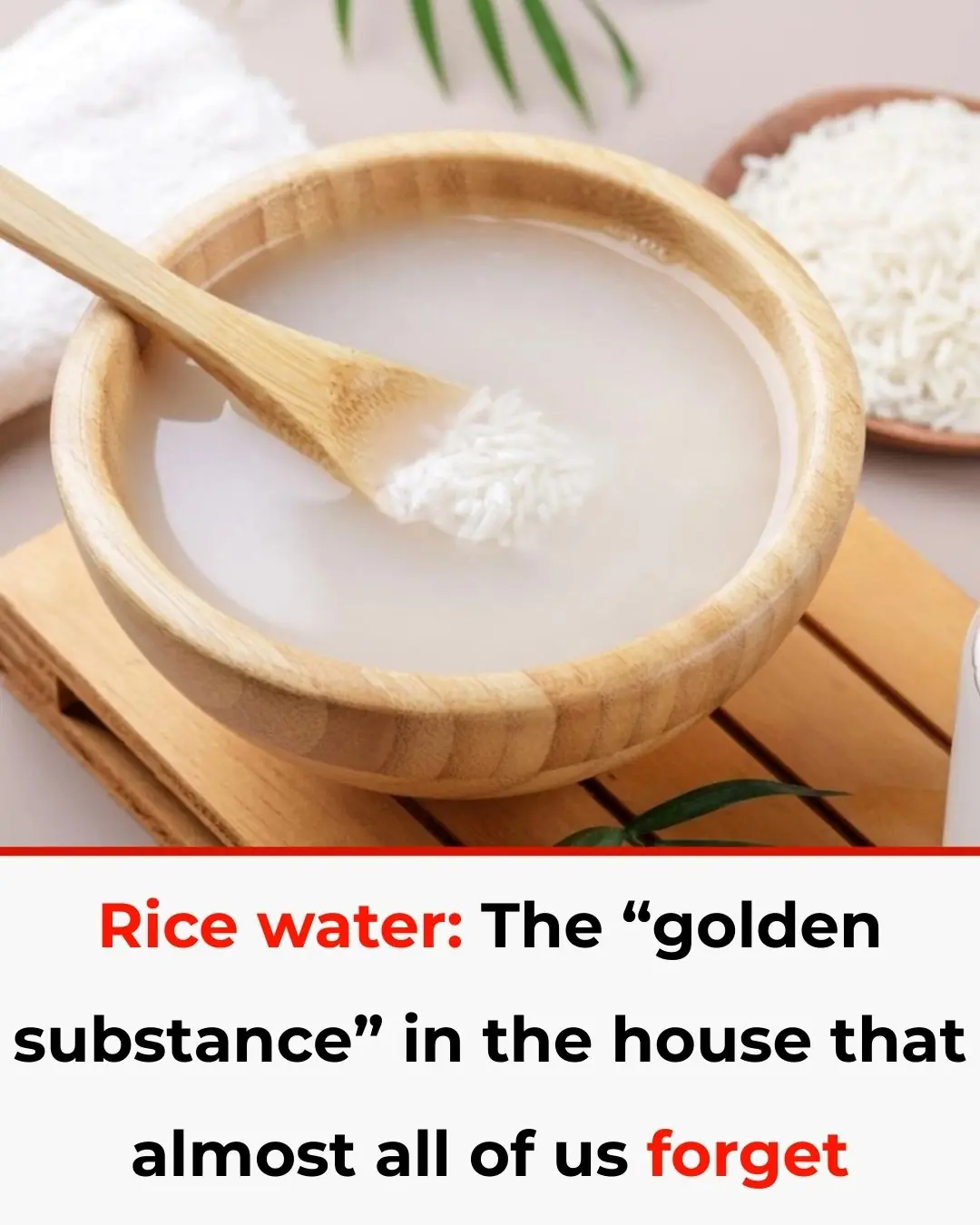
Rice water: The “golden substance” in the house that almost all of us forget

The refrigerator gasket is moldy, use this to clean it, it will be clean in just 5 minutes

Rice Flaxseed Gel For Youthful & Glowing Skin
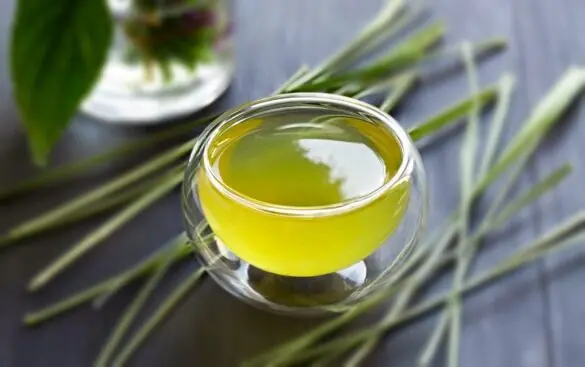
Reverse Hair Greying – Turn White Hair to Black

Clove benefits for Skin – Clove Oil, Clove Gel & Clove ice cubes

Vaseline Uses and Benefits for Skin, Lips and Hair | Petroleum Jelly Benefits
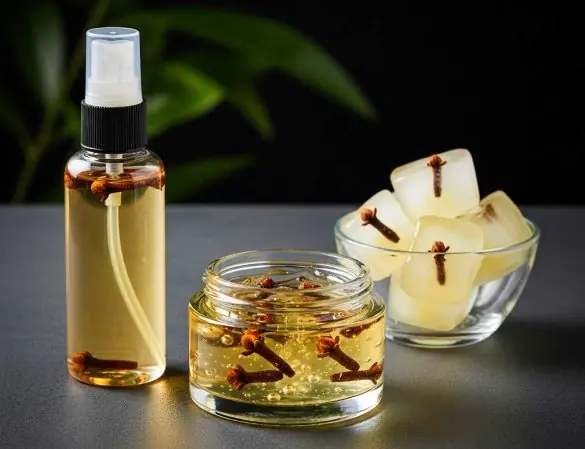
Clove benefits for Skin – Clove Oil, Clove Gel & Clove ice cubes

The air conditioner's condenser makes a loud noise like grinding rice. Don't call a repairman and waste money. Make the machine run smoothly and it won't cost you money
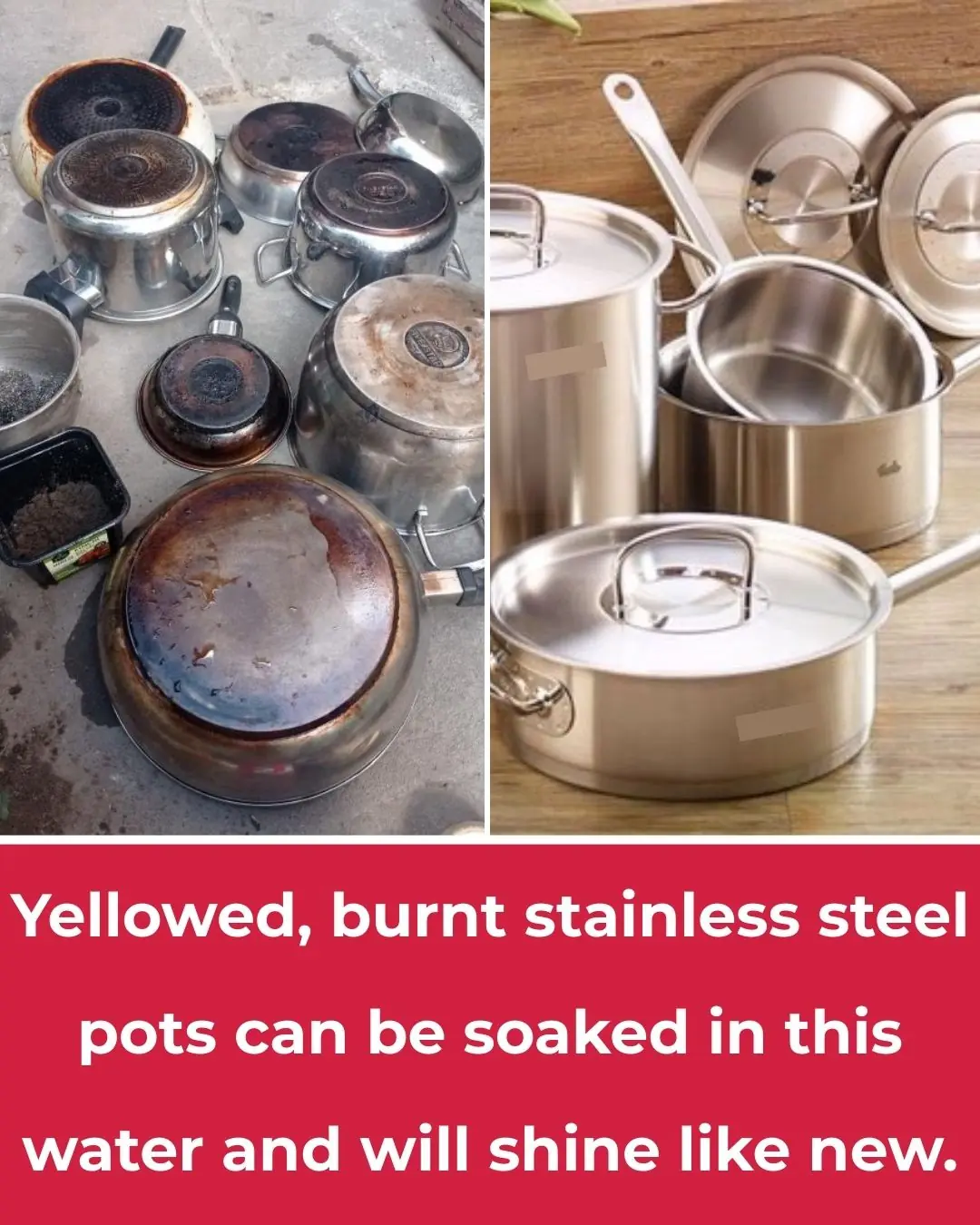
Yellowed, burnt stainless steel pots can be soaked in this water and will shine like new

Homemade Tonic For Thick Hair Growth
News Post

5 Delicious Eating Habits That Put the Whole Family at Risk of C:ancer – Extremely Dangerous and Should Be Avoided Immediately

Be careful — one single action at the airport could ruin your en:tire life.

Condolences to those who are using these 4 types of electric kettles: Throw them away while you still can, thousands of people have already developed c:ancer.

How Magnesium Keeps Your Heart Rhythm Healthy

Why Do I Cough When Taking a Deep Breath?

Taking the Stairs Could Help You Live Longer

Purple Veins on Your Legs: When to Worry

Man develops 'pork worms' in his brain after years of doing this specific cooking habit

Signs Your Cortisol Is Dangerously High

Woman who d::ied for 24 minutes before being brought back to life details exactly how it felt

The Sleep Saboteur: The One Thing You Should Never Do When You Wake Up at Night

Nightly Habits That Could Increase Your Risk of Stroke

🚨 ALERT! 7 Strange Signs Your Kidneys Are Crying for Help

Vitamin E Oil uses for Skin – Glowing Skin, Dark Circles & Wrinkles

DIY Aloevera ice cubes to Remove Dark Spots & Clear Skin | Aloevera Benefits for Skin

11 Secret Baking Soda Tricks for Women That Will Change Your Life!

Mattresses used for a long time are dirty and smelly, sprinkle this on the surface, no need to wash with water, it will be clean as new

‘Healthy Man’ Diagnosed With Cancer After Noticing Dog’s Bizarre Behavior Around Him
